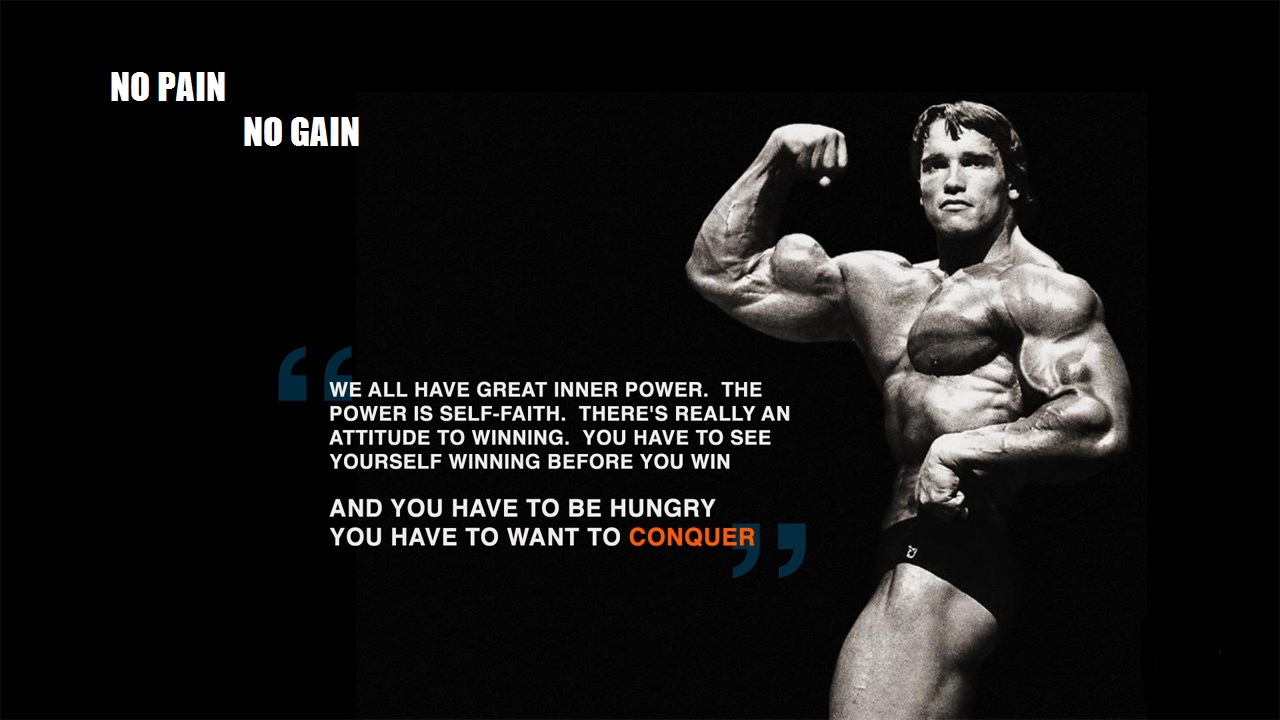
Delayed Onset Muscle Soreness (DOMS) is the commonly experienced soreness in the muscles you have trained, usually felt 24-48 hours after the workout. The soreness is common, although not experienced by everyone, and no notable muscle soreness should not be interpreted as having an unproductive workout. But what should we do if muscle soreness is affecting our next workouts, hampering performance?
Your weight training program structure
The muscles of the body commonly work in integration, not in isolation. Perform a dead lift, squat, bench press, row, or pull up, and think of all the muscles which are recruited during the execution of the lift. Just because on chest day we perform the bench press to stimulate the chest muscle fibres does not mean other muscles will not be stressed from the lift. If the deltoids or triceps are severely fatigued and sore from a previous workout it will have an impact on your bench pressing performance.
Serious thought should go into the planning of a weight training program. Will soreness from a previous workout have an impact on the exercises you will be executing during the workouts within the next 72 hours? If this is the case you may want to rethink the structure of your training.
Frequency of training a muscle
Training a muscle more than once per week can have a very profound impact on recovery and muscle soreness. Training a muscle more than once per week is perfectly common and can be very fruitful, but the intensity of the training must be monitored to ensure a muscle does not become over trained. For example, training the legs twice during a week with high intensity training sessions could result in severer soreness, increased levels of Cortisol, and fatigue to the central nervous system. This will often result in a decrease in performance for not only the following leg session, but also for other weight training sessions during the week.
When training a muscle in greater frequency we may want to consider reducing intensity if soreness and fatigue becomes an issue. Another solution which could be experimented if targeting a muscle twice during a week is the implementation of one high/moderate intensity training session during the week, with the other session a much lower intensity workout.
Post workout recovery
Many have said stretching immediately post workout helps reduce muscle soreness the following days, and is a good habit to get into. Take ten minutes after finishing a weight training session to go through a series of static stretches, holding each for around twenty seconds. Some light cardio training post workout can also have positive results in reducing muscle soreness. Ten minutes on a cross trainer as part of a cool down, or riding a bike home from the gym may help.
Contrast (hot and cold) showers is another method which could be used to alleviate muscle soreness, with many gym goers and athletes from a whole host of disciplines using contrasting showers to aid recovery. Contrast showers expose the body to sudden temperature change, quickly switching between vasodilation (widening blood vessels) and vasoconstriction (restriction of blood vessels) which flushes out lactic acid and other waste products.
Got any other tips on reducing muscle soreness? Leave a comment below.